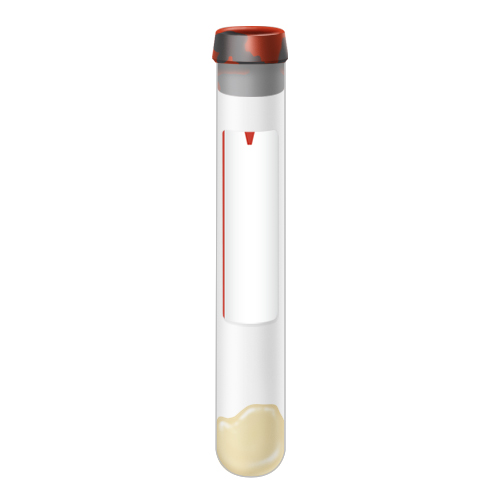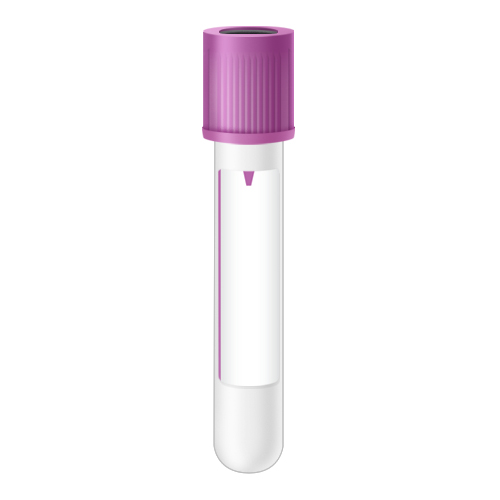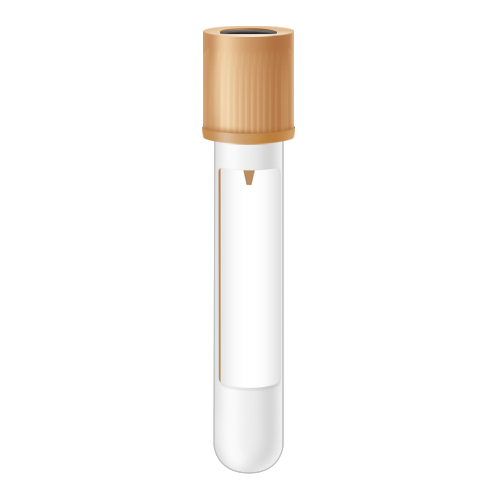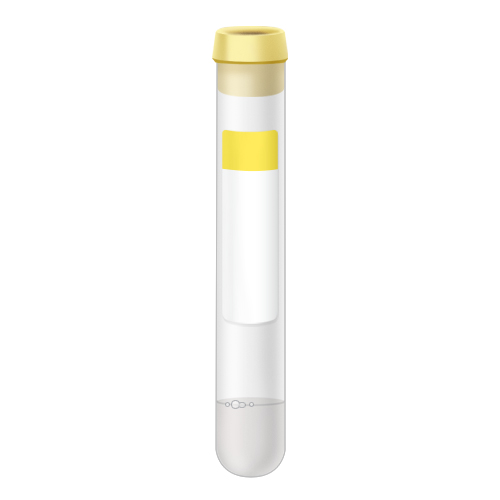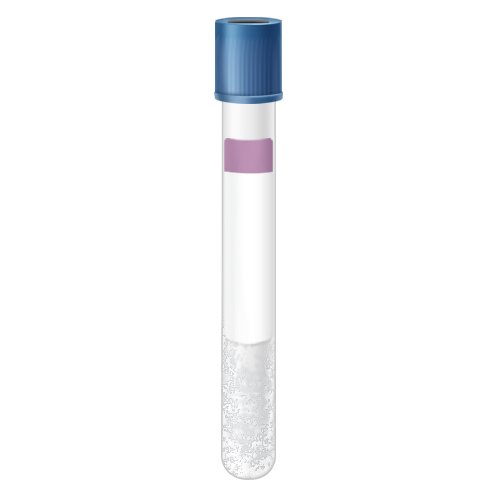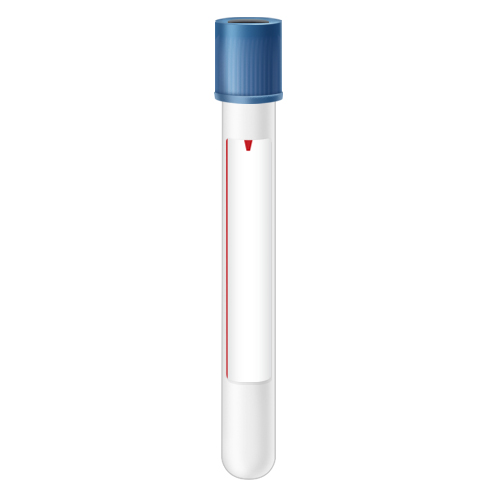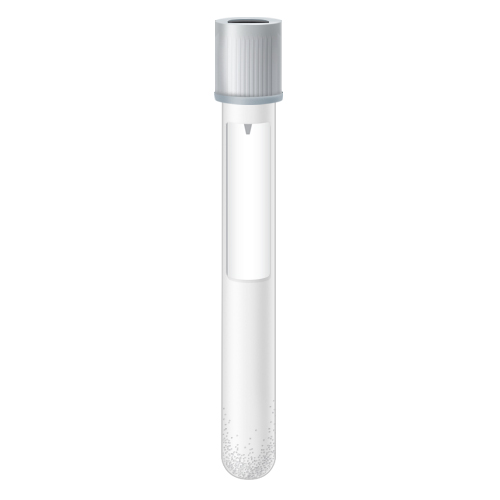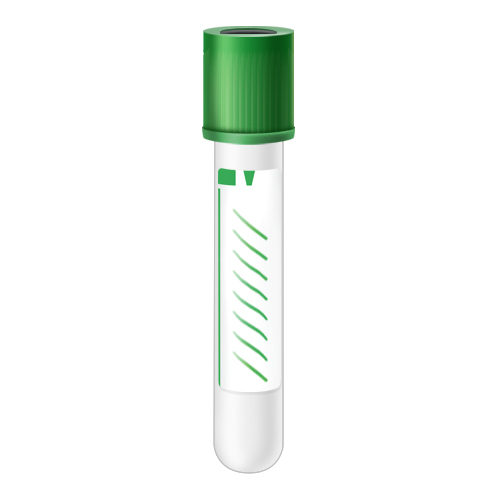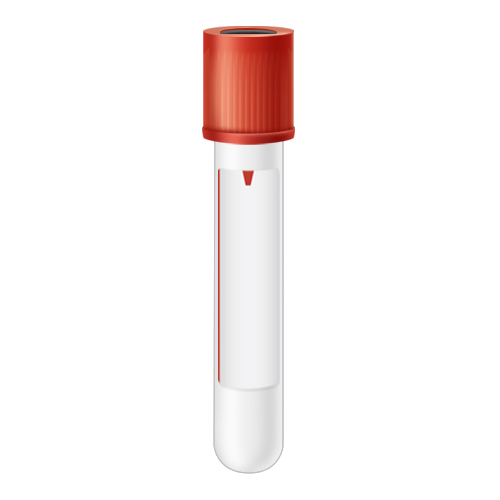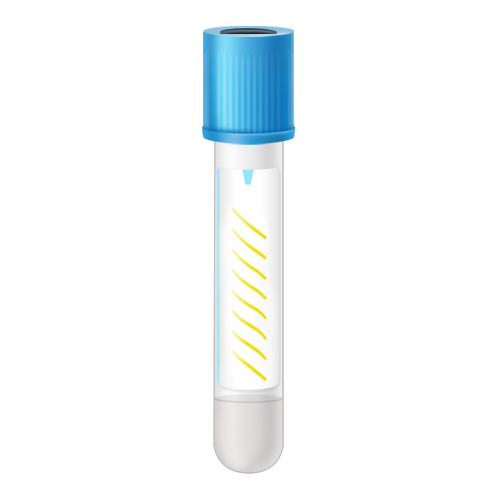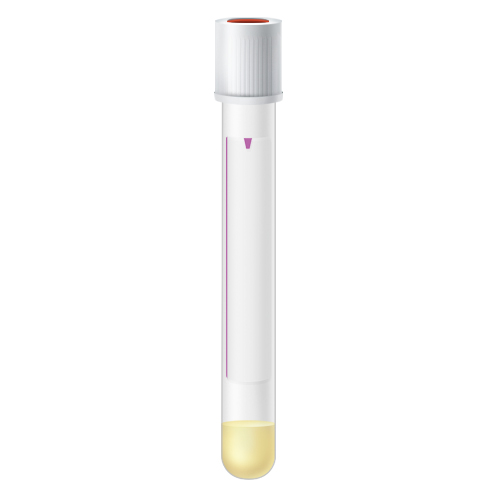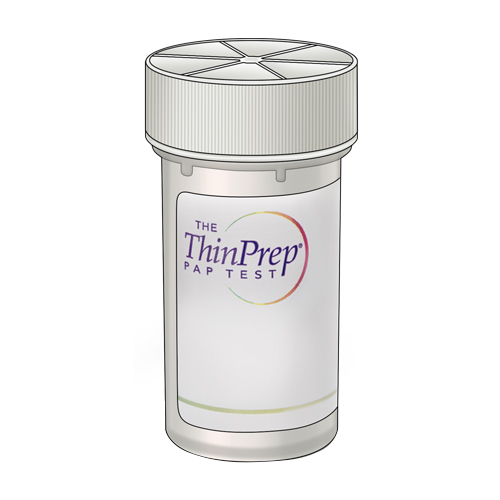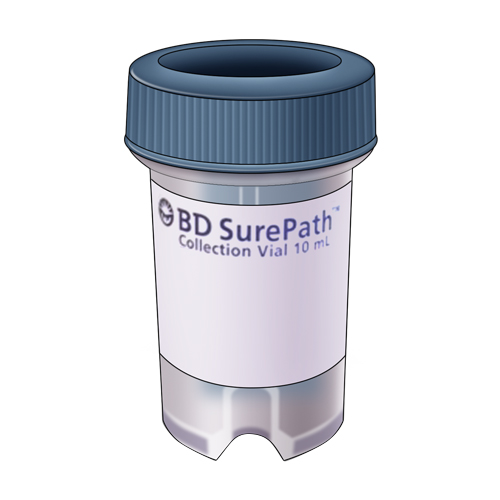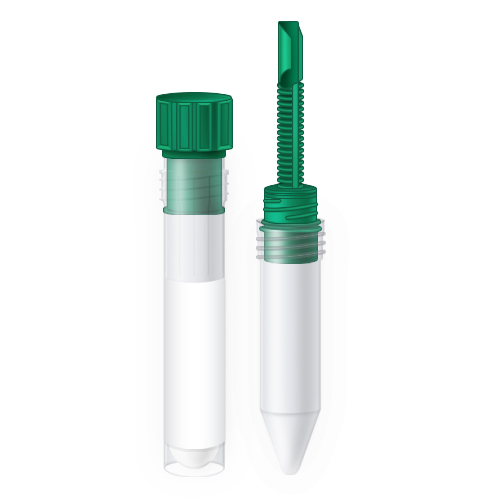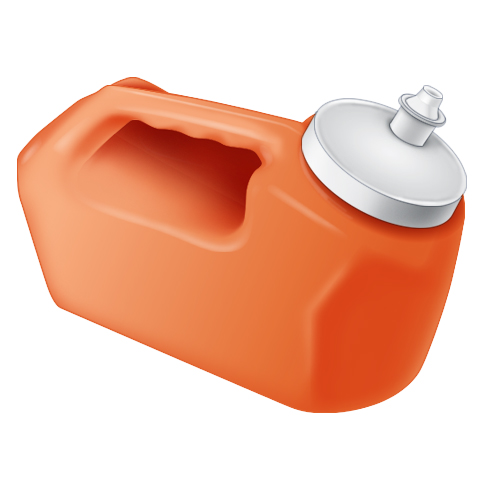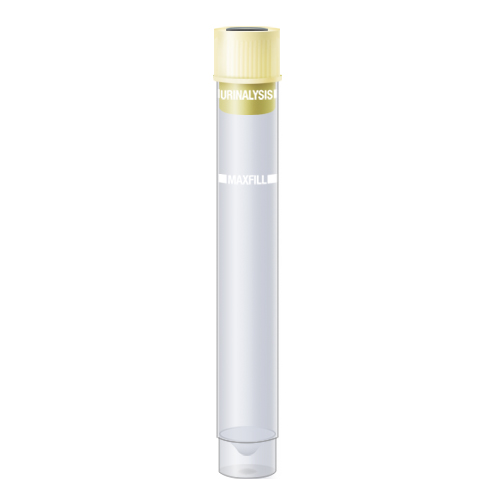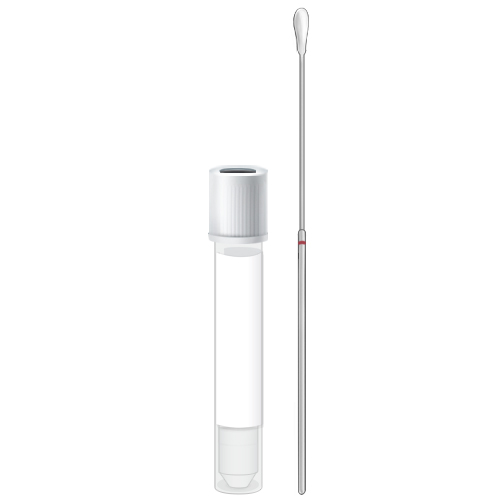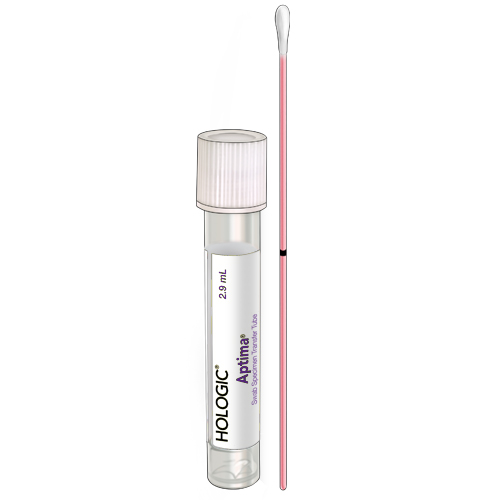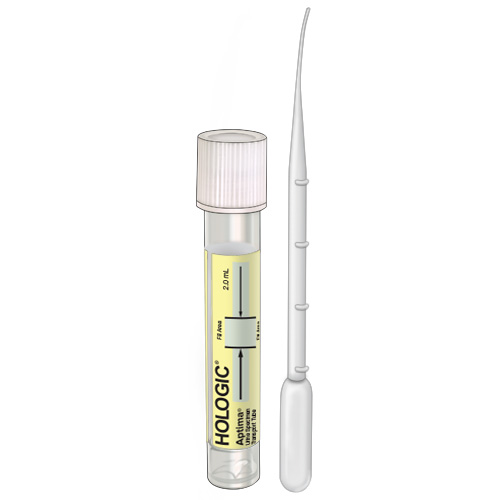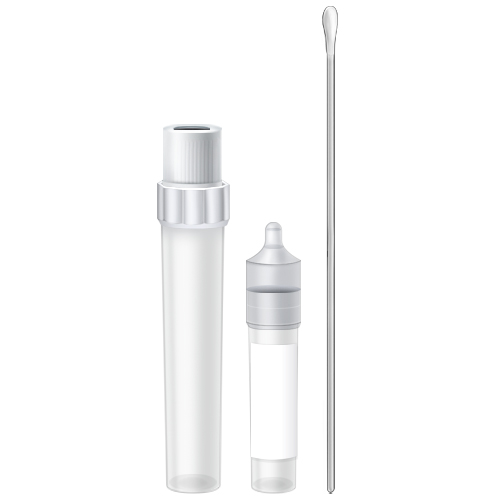It’s not just flu season. It’s the flu, COVID-19, and RSV (respiratory syncytial virus) season. While the flu has been diminished for the past two years due to the COVID-19 pandemic safety measures, such as people staying home and wide-spread masking, experts suggest that this could lead to reduced population immunity.1 These factors can bring about a robust return of the flu just as concerns are escalating over the influx of COVID-19 activity, and drastic spikes in RSV across the US – particularly in children. Hospitals in at least 23 states are faced with capacity issues amid an unseasonably early and severe surge of patients with the RSV illness.2
Nearly 8,000 positive RSV tests were reported in October during the week of the 15th, which is the highest weekly case count in the past two years in the US, according to the CDC’s table on RSV detections.3 Given this development, there is expected to be substantial testing demand throughout the season.
What is RSV?
RSV is a common respiratory virus that usually causes mild, cold-like symptoms, as noted by the CDC.4 Most people infected with RSV recover in about one to two weeks; but RSV still can be serious, particularly at-risk groups such as infants, older adults, and patients with chronic lung or heart disease or weakened immune systems. RSV is the most common cause of bronchiolitis, which is inflammation of the small airways in the lung, and pneumonia, an infection of the lungs, in children younger than one year of age in the US.
Symptom Overlap
The symptoms for RSV can be very similar to other circulating illnesses such as COVID-19, the flu or influenza, and other respiratory viruses. Not only are these illnesses often common and similar, but can also present in varying degrees, ranging from no symptoms, or asymptomatic, to severe symptoms. The list can include the following:
- Fever or feeling feverish/chills
- Cough
- Shortness of breath or difficulty breathing
- Fatigue (tiredness)
- Sore throat
- Runny or stuffy nose
- Muscle pains or body aches
- Headache
- Vomiting and diarrhea (more common in children)
Each of the illnesses are spread mainly by respiratory droplets through close person-to-person contact, less than six feet, though other means of spread exist; for instance, contact with a contaminated surface.
Preparedness is Key
Despite overlapping symptoms for the flu, COVID-19, and RSV, single sample testing can provide a definitive diagnosis – and quickly. Equipped with a proper diagnosis, healthcare providers are enabled to administer the right treatment early, appropriately manage the diagnosed illness, especially for at-risk populations, and patients receive the information they need to empower their healthcare decision-making.
If you experience any of the above symptoms or have a known exposure, talk to you healthcare provider about COVID-19, flu A/B, and RSV testing offered by BioReference to protect your health and others.
If you are a healthcare provider, click here to open an account and begin ordering testing for COVID-19, Flu A/B, RSV by PCR.
Sources
- https://www.cdc.gov/flu/spotlights/2022-2023/early-flu-activity.htm
- https://www.beckershospitalreview.com/care-coordination/it-s-the-perfect-storm-capacity-issues-intensify-at-children-s-hospitals-amid-rsv-surge.html
- https://www.cdc.gov/surveillance/nrevss/rsv/natl-trend.html
- https://www.cdc.gov/rsv/index.html


